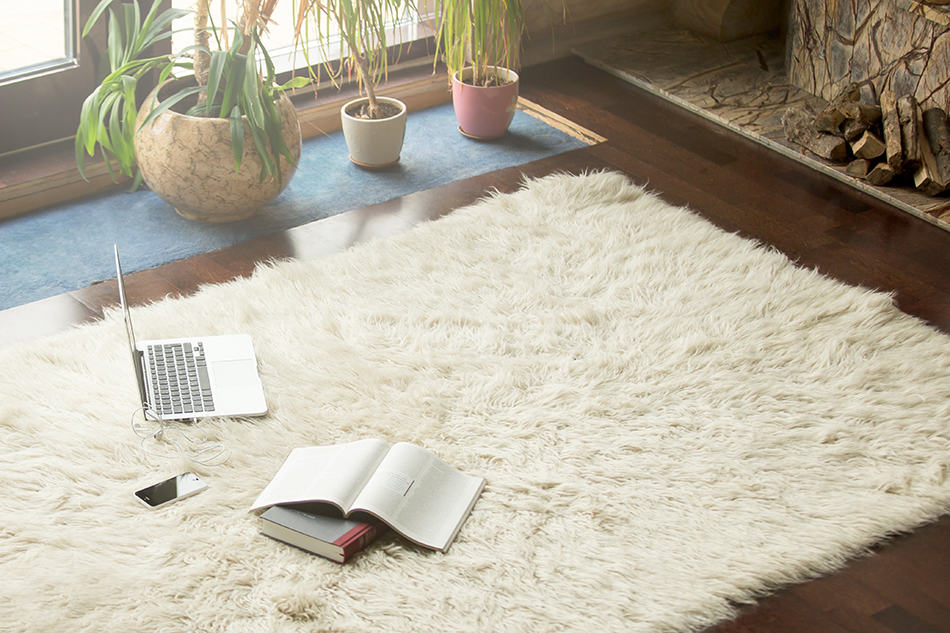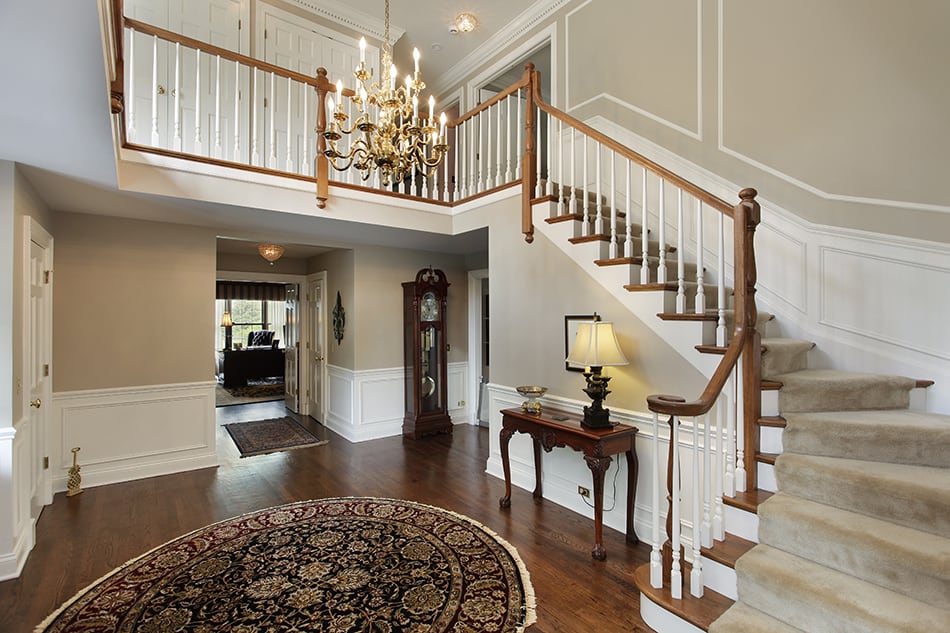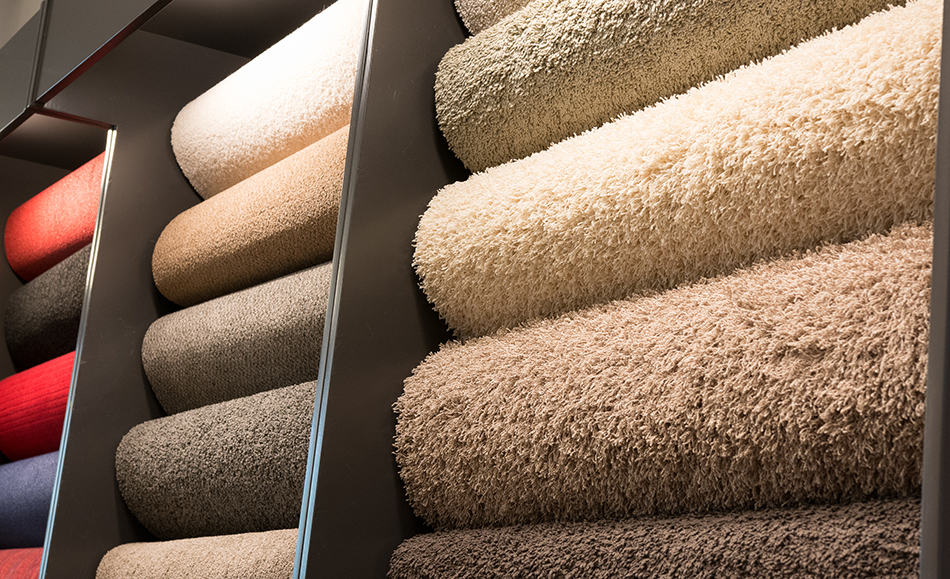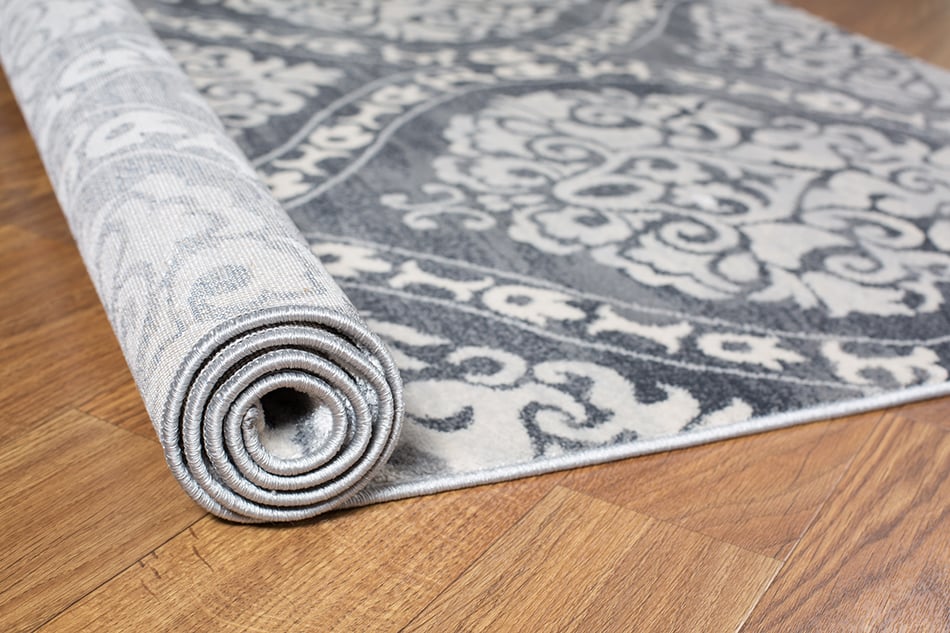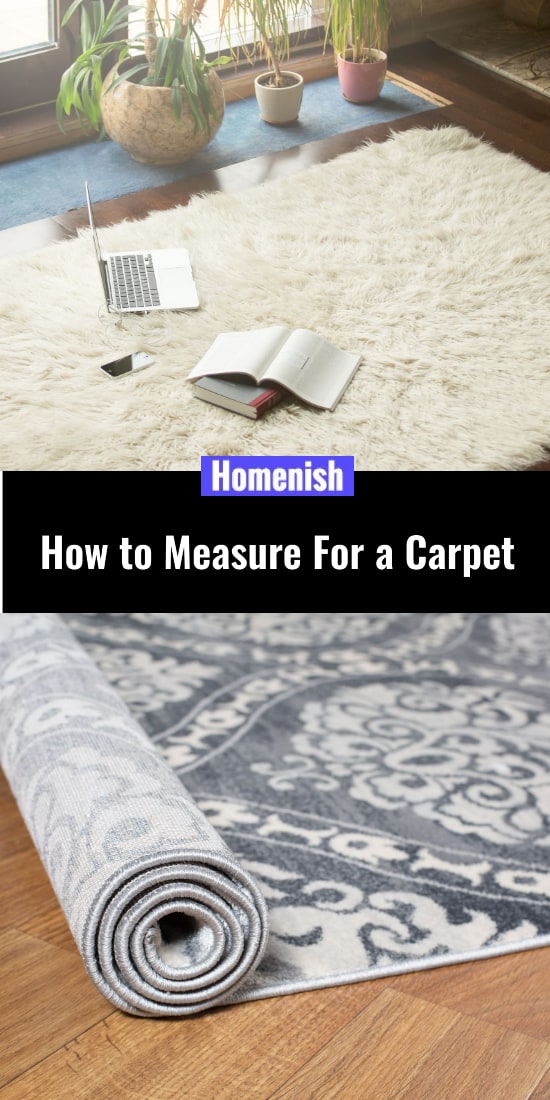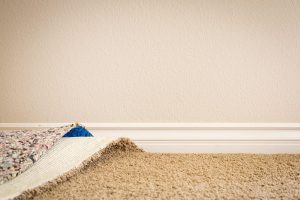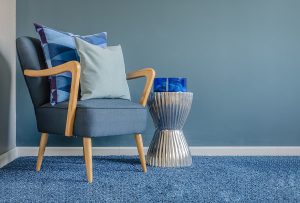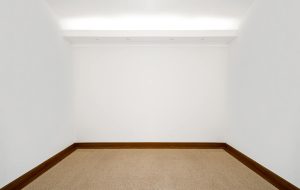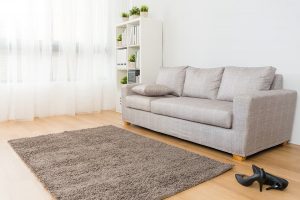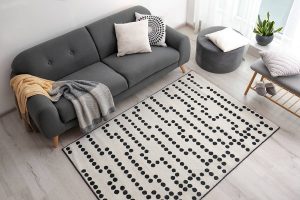Before choosing your carpet color, the first thing you need to do is measure the room in order to find out how many square feet of floor covering you’ll need.
This article provides a comprehensive guide on measuring rooms and stairs for carpeting, showing you the necessary tools and detailed steps for each scenario. We also delve into calculating carpet waste and share essential tips for accurate measuring, emphasizing the importance of considering various room features and carpet dimensions to avoid shortages on installation day.
How to Measure a Room for Carpeting in 5 Easy Steps
Tools you’ll need:
- A laser distance measurer or measuring tape
- Calculator
- Paper and pen
- Pencil and graph paper (if you want to draw the room’s layout)
Step 1: The best strategy is to sketch a floor plan of all the areas you would like to carpet and take notes of the measurements as you go through each room.
Step 2: To measure the room’s width and length, take your tape measure and start from the room’s wall before extending to the opposite wall. Alternatively, if you are using a laser measurer, you’ll need to get the width and length of the room from one wall to another. If the room is L-shaped, the easiest way to measure it accurately is to treat it like two rooms. Measure the longer portion of the L as one room and the shorter portion as the second room.
Step 3: To measure the closets, consider them as separate rooms. Ensure you measure to the middle of the closet’s doorway and add 3 inches to your overall measurement.
Step 4: Now you’re ready to calculate the room’s square footage. Multiply the room’s width by the length to get the total square footage.
Step 5: Once you have taken the measurements of each room, you must add a little extra as a safety net. Add 3 inches to each room’s carpet as a rule of thumb.
How to Measure Stairs for Carpet
So, by now, you’ve learned how to calculate the square footage of your rooms. But when it comes to carpeting the stairs, the calculations get a little complicated. In some cases, you can just use the surplus carpet waste from the larger rooms – provided they are of the same color. You’ll also need the same stair-measuring tools as when you measure a room, as discussed above.
Bear in mind that the direction of your carpet should be pointing down the stairs. With that in mind, let’s start with the measurement:
Step 1: To measure a stair tread (this is the flat horizontal part of the staircase that you step onto, use the take measure and measure the depth and width of the tread. If your stair treads overhang the riser (the stair’s vertical part), then you will need to measure the overhanging edge of the tread where it meets the riser.
Step 2: Now, you must measure the stair’s riser. This is the vertical part of the stair on which the tread rests on. Measure the riser’s height and width.
Step 3: Once you have measured both the depth of the tread and the riser’s height, add these two together. Multiply the number by the stair’s width to obtain the total area of carpet you need for a single step. Note: it is always better to have too much carpet rather than too little so allow an extra 1 inch per step and 20 inches overall if the stairs need underlayment.
How to Measure Corner Stairs for Carpeting
If you have a corner or curved staircase, you can still follow the above steps but with a slightly different method.
Step 1: For accurate results, measure the curved stairs individually. Begin by measuring the stair’s width across the widest point.
Step 2: Now measure the step’s total length, starting from the deepest part. This means you must measure from the corner where the tread ends at the wall all the way to the widest part of the step at the bottom of the riser.
Step 3: Repeat this process for each corner stair before adding the results to the total of the regular-shaped stairs.
How to Figure Carpet Waste
By determining how much carpeting you need in advance, you can get a basic idea on the day you go to the store. After figuring out how much carpet you’ll require, divide your total budget by the square feet to get the maximum price.
To calculate carpet waste, follow these quick steps:
Step 1: Draw a rough diagram of the room. It must consider the angles, corners, and cutouts of the room. Be sure to draw the potential layout of the carpet on the diagram’s dotted lines in order to distinguish the position of the seams. The carpet piles must run in the same direction, so keep this in mind as you can’t always use the leftovers to fill in small sections of the room.
Step 2: Measure the distance between the opposite walls and mark each measurement on the diagram. Don’t forget the closets and recessed corners.
Step 3: Add all the measurements on the side of the diagram to determine the total square footage. Divide the total square footage by 9 to obtain the square yardage. Take both measurements to the carpet store as some sellers only sell carpets by square yard.
Carpet Measuring Tips:
- It’s important to take every single measurement of all the areas of the room, including bay windows, recesses, and alcoves. But leave out the skirting boards and never start from the radiators, as these will leave you short of carpet on installation day.
- Always start by measuring the widest point of the room and at the floor level. In older properties, it is not unusual to find the walls narrowing towards the ceiling.
- Never estimate your measurements. Otherwise, you run the risk of getting too little carpet. List your measurements based on your floor plan.
- Be sure to measure right into doorways. Since your carpet will be joining the adjacent room in the middle of the doorway, it’s best to measure into doorways and not at the wall. Begin the measurements from the center of doorways, not the bottom of the walls in order to get the most accurate results.
- All the carpets you choose for your rooms must run in the same direction.
- When choosing patterned carpets, make sure you match the carpet with the different widths of the rooms.
- When measuring the stairs, a hallway or landing, you will need to take additional measurements. Measure the length and width of the hallway. To measure the length, stand with your back against the wall. You are now the length of the hall. Now, measure across the hall to get the width.
- For L-shaped hallways, draw out the shape of the room and take the two length measurements with the two width measurements as two rooms.
- When measuring the stairs, remember to take into account the riser and the tread. For convenience, measure from the bottom riser to the tread and then multiply the number by the number of steps your stairs have.
- Curved stairs usually come in groups of three. They should be measured at their widest point and longest point. Note: the carpet pile should always run over the nosing of the stairs at 90 degrees.
- By just calculating the square footage of your room, you won’t know how much carpet you need to buy. Different carpets come in different widths. Therefore, when buying a piece of carpet, you have to buy the length by the width of the roll. For example, if your room is 12 feet by 12 feet, and your carpet comes in a 15-foot width, you will need to buy 15 feet by 12 feet, which equals 180 square feet. For carpeting small rooms, you may be able to use the carpet leftovers instead of having to buy extra carpet.
- Take into consideration the different dimensions of the carpet. Most carpets commonly come in 6/12/15 feet widths. When installing a carpet, the aim is to have as few seams as possible or none at all, especially in high-traffic areas. For example, you don’t want seams running through the center of a hallway to the living room. That would be very unsightly indeed!
- Keep in mind that the carpet rolls can’t be cut down, which means a 10 by 10 feet room will need a 12-foot carpet. The extra 2 feet can be used in small corners or closets.
- To avoid the complicated math calculations for rooms that have multiple walls and closets, add 20 percent to your overall foot and yard measurements. This is the same waste factor for carpets with patterns or rooms that aren’t the same width as the carpet. As a rule of thumb, add 10 percent to the waste factor of a room with the same width. Tip: it may be possible to buy carpet in varying lengths in order to accommodate larger rooms without having too much carpet waste.
With the above tips and step-by-step instructions on how to measure a room for carpet, you’ll be able to do this task yourself without calling the professionals.
Buying a new carpet can cost you a significant amount, so if you want to find out when to get carpets, our guide ‘ What is the Best Time to Buy Carpet? ‘ is here for you.
